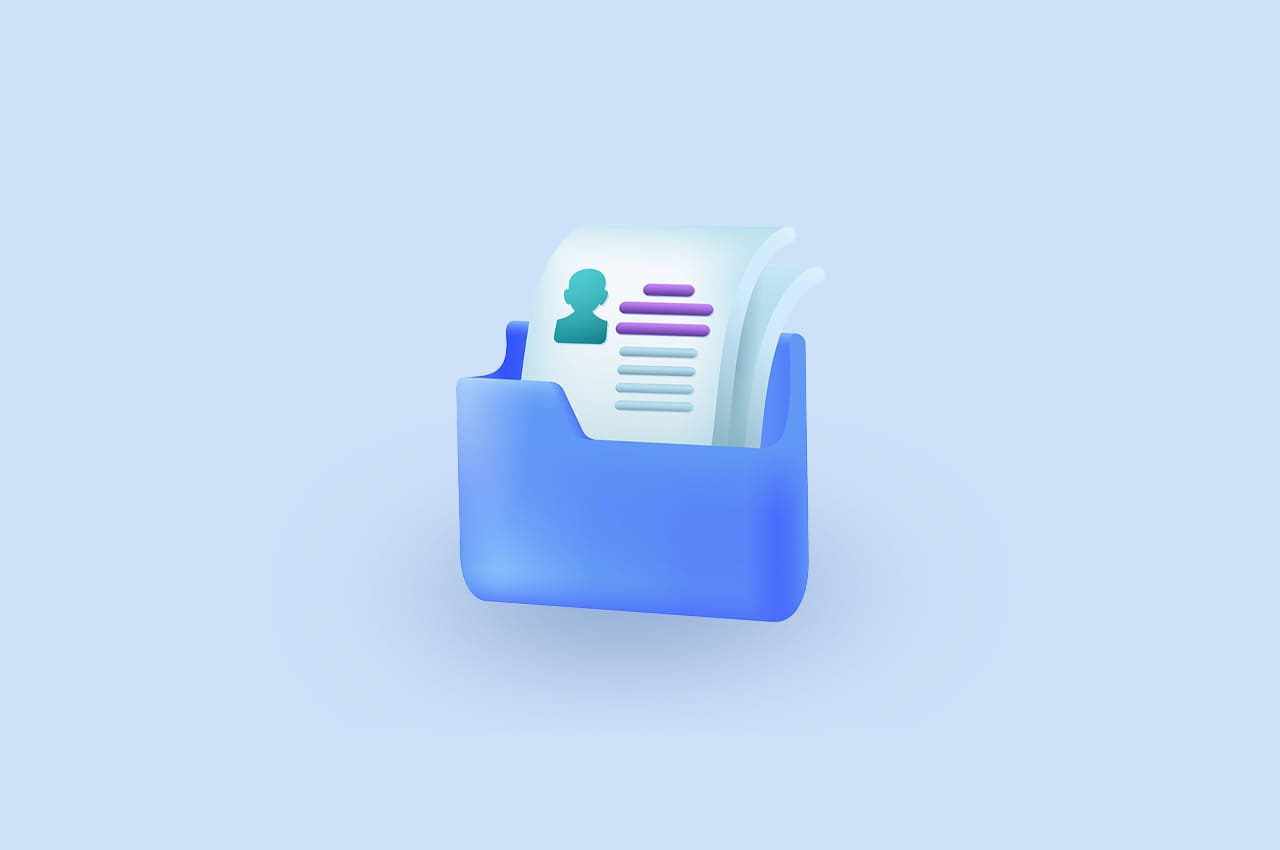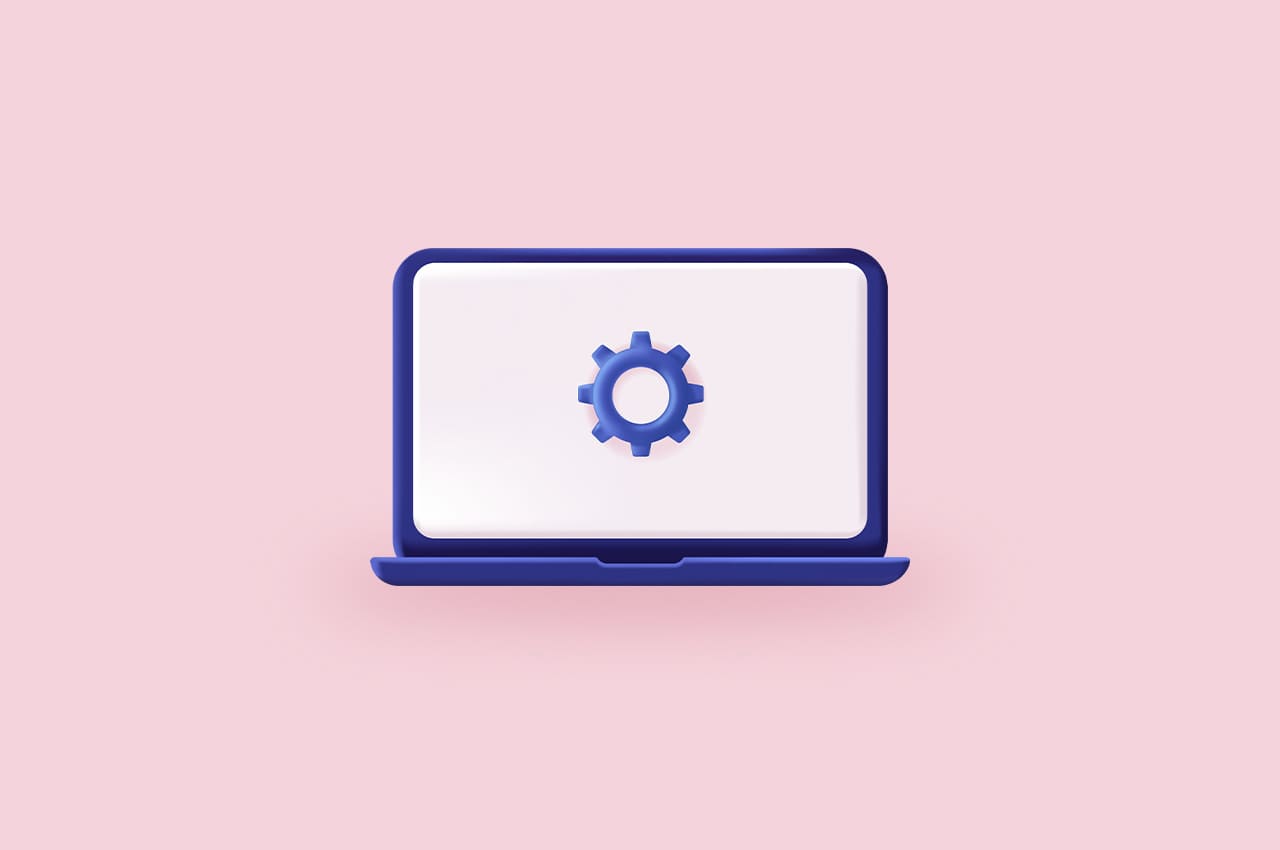HomeBlogs

How to Optimize Django Performance in 9 Steps [2024]

Optimizing Django performance is crucial for ensuring that your web applications run efficiently and can handle high traffic loads. Here’s a comprehensive guide on how to optimize Django performance:
1. Database Optimization
a. Query Optimization
- Efficient Use of QuerySet API: Utilize Django’s ORM (Object-Relational Mapping) effectively to reduce the number of database queries. For instance, select_related can be used for foreign key relationships to perform a single join query instead of multiple queries.
- Avoid the N+1 query problem: This occurs when your code makes a new database query for each item in a list of items. Use select_related for foreign key relationships and prefetch_related for many-to-many and reverse foreign key relationships to solve this.
# Inefficient way (N+1 queries problem)
authors = Author.objects.all()
for author in authors:
books = author.book_set.all()
# Efficient way
authors = Author.objects.all().select_related('book')
b. Indexing
- Add indexes to your database tables: Index frequently queried fields to speed up lookups. Use Django’s db_index parameter in your model fields.
class MyModel(models.Model):
name = models.CharField(max_length=255, db_index=True)
c. Database Connection Pooling
- Use connection pooling: This can be set up using tools like django-db-geventpool or by configuring your database settings to maintain a pool of connections.
# Example using django-db-geventpool
DATABASES = {
'default': {
'ENGINE': 'django.db.backends.postgresql',
'NAME': 'mydatabase',
'USER': 'myuser',
'PASSWORD': 'mypassword',
'HOST': 'localhost',
'PORT': '5432',
'OPTIONS': {
'MAX_CONNS': 20,
'GEVENT': True,
}
}
}
2. Caching
a. Cache Strategies
- Use Django’s built-in caching framework: Configure caching using backends like Memcached or Redis.
CACHES = {
'default': {
'BACKEND': 'django.core.cache.backends.memcached.MemcachedCache',
'LOCATION': '127.0.0.1:11211',
}
}
b. Cache Specific Views and Data
- Cache views: Use cache_page decorator to cache entire views.
from django.views.decorators.cache import cache_page
@cache_page(60 * 15)
def my_view(request):
# your view code here
- Cache templates: Use the cache template tag to cache parts of your templates.
{% load cache %}
{% cache 500 sidebar %}
... sidebar content ...
{% endcache %}
- Cache database queries: Use Django’s low-level cache API to cache expensive database queries.
from django.core.cache import cache
result = cache.get('my_query')
if not result:
result = MyModel.objects.all()
cache.set('my_query', result, 60 * 15)
3. Static and Media Files Optimization
a. Use a Content Delivery Network (CDN)
- CDN for Static and Media Files: Serve static and media files via a CDN to reduce load times and distribute the content globally, providing faster access to users regardless of their geographical location.
# settings.py
STATIC_URL = 'https://cdn.example.com/static/'
MEDIA_URL = 'https://cdn.example.com/media/'
b. Compress and Minify Assets
- Compression: Compress CSS, JavaScript, and image files to reduce their size and improve load times. Tools like django-compressor can help with this process.
# Install django-compressor
pip install django-compressor
# settings.py
INSTALLED_APPS = [
...
'compressor',
]
STATICFILES_FINDERS = [
...
'compressor.finders.CompressorFinder',
]
- Minification: Minify CSS and JavaScript files to remove unnecessary whitespace and comments, which reduces the file size and improves load times.
{% load compress %}
{% compress css %}
{% endcompress %}
4. Template Optimization
- Avoid complex logic in templates: Keep your templates simple and perform heavy processing in views or model methods.
- Use template fragment caching: Cache expensive template fragments to avoid redundant processing.
5. Middleware Optimization
- Review and optimize middleware: Ensure that your middleware stack only includes necessary middleware and that custom middleware is efficient.
- Use GZip middleware: Compress response content using GZip to reduce the amount of data transferred over the network.
MIDDLEWARE = [
...
'django.middleware.gzip.GZipMiddleware',
...
]
6. Async Task Management
- Use Celery for background tasks: Offload long-running tasks to Celery to prevent blocking the main request/response cycle.
# Example Celery task
from celery import shared_task
@shared_task
def my_long_running_task():
# task code here
7. Django Settings Optimization
- Set DEBUG to False: Always set DEBUG = False in production to avoid the overhead of debugging information.
- Optimize session settings: Choose an appropriate session backend and configure session expiration appropriately.
SESSION_ENGINE = 'django.contrib.sessions.backends.cached_db'
SESSION_COOKIE_AGE = 1209600 # 2 weeks
8. Use Django Debug Toolbar
- Install and configure Django Debug Toolbar: This tool helps identify performance bottlenecks by providing detailed insights into your application’s queries and execution times.
INSTALLED_APPS = [
...
'debug_toolbar',
]
MIDDLEWARE = [
...
'debug_toolbar.middleware.DebugToolbarMiddleware',
]
INTERNAL_IPS = ['127.0.0.1']
9. Server and Deployment Optimization
- Use a reverse proxy server: Deploy Django behind a reverse proxy server like Nginx or Apache to handle static files and SSL termination efficiently.
- Use a WSGI server: Deploy your application using a performant WSGI server like Gunicorn or uWSGI.
# Example Gunicorn command
gunicorn myproject.wsgi:application --workers 3
By implementing these strategies, you can significantly improve the performance of your Django applications, ensuring they run smoothly and efficiently under high load.




